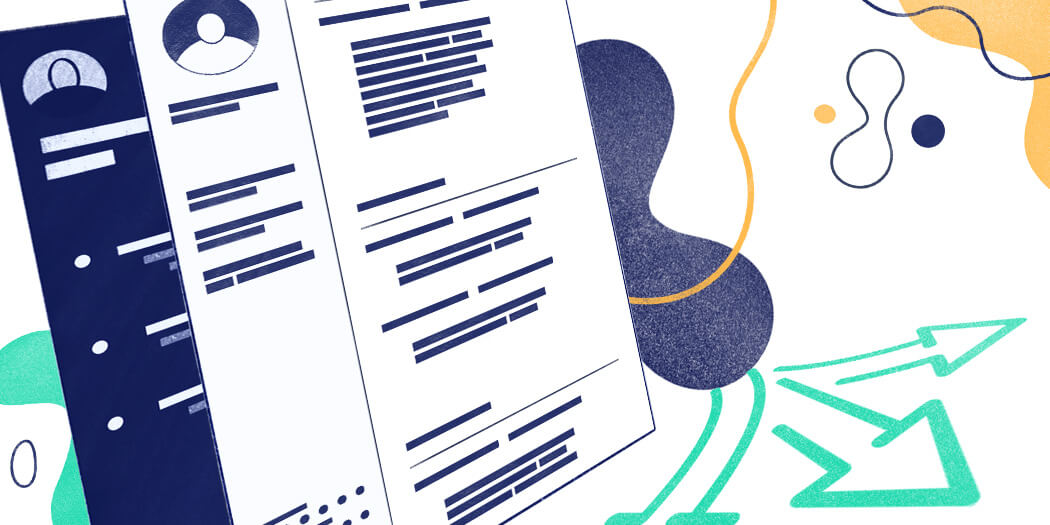
Career Change Resume Examples for 2026 (+Templates & Tips)
You're about to change your career. Learn how to write a career change resume that will get you the dream job.

Tom Gerencer
Career Expert
Hold on, resume paper? Why would anyone care about that when we all apply for jobs online? While mostly true, let’s not forget about career fairs or applying in person for local jobs. Both of which are great opportunities to find your next place of work.
And one of the worst things you can do is bring your resume printed out on some old, wrinkly paper.
This guide will show you:
Save hours of work and get a job-winning resume like this. Try our resume builder with 20+ resume templates and create your resume now.
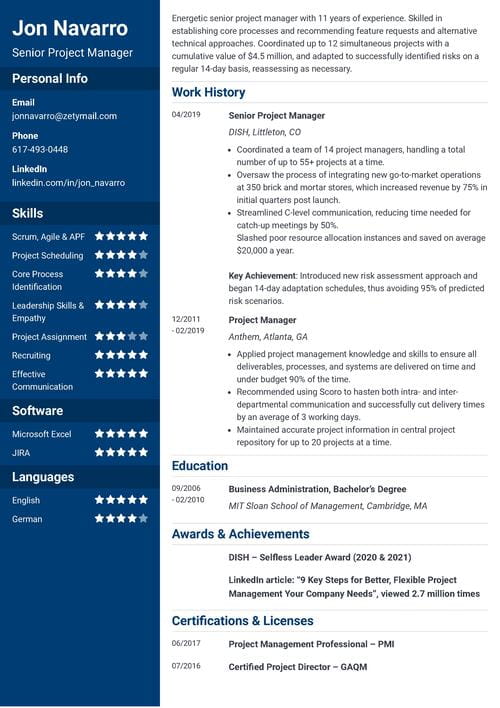
What users say about ResumeLab:
I had an interview yesterday and the first thing they said on the phone was: “Wow! I love your resume.”
Patrick
I love the variety of templates. Good job guys, keep up the good work!
Dylan
My previous resume was really weak and I used to spend hours adjusting it in Word. Now, I can introduce any changes within minutes. Absolutely wonderful!
George
Learn what to write on your resume paper from our guides:
Before we go in-depth into the subject of resume papers, we need to define what it actually is. After all, we’re not just talking about any old paper. So—
Resume paper is a specialist paper designed for printing resumes, cover letters, and other professional documents. It’s a high-quality paper that weighs 32 lbs. Ideally, it’s comprised of 75-100% cotton. You should always print your physical resumes on high-quality paper.
Several factors come into play when considering the best resume paper. Those are:
And now, let’s discuss each one of these factors.
Expert Hint: Not even the best resume paper in the world can save your application if poorly written. Learn how to write a resume from our expert guide to ensure you pass and get the interview.
When defining resume paper, we have already stated that the best resume paper is 32 lbs. (120gsm). But is it the only acceptable weight?
Of course not. Let’s take a look at the most popular options and see which one you should choose:
But before you stuff your printer full of 32 lbs paper, make sure your printer can handle it. Many commercial printers are not able to print on paper this thick. If that’s the case for you, we recommend visiting a local print shop.
You can buy 32 lbs paper in almost any color. But, the resume paper needs to be professional. This factor instantly eliminates most color choices, leaving you with white and some off-white colors to choose from. Most commonly, it’s a battle between white vs. ivory (off-white yellow).
This means that the choice between these two resume paper colors comes down to the resume template of your choice and your personal preference. But if you’re on the fence about choosing the color of your resume paper—stick with white.
There isn’t much to say here. Always print on A4 paper, which is 8.5x11in. Too small of a resume paper will mean you will either have to increase the length of your resume or decrease the resume’s font so much that it will become barely readable. At the same time, imagine the recruiters' frustration if they can’t fit your resume into their briefcase if you printed it on a larger resume paper.
The ResumeLab builder is more than looks. Get specific content to boost your chances of getting the job. Add job descriptions, bullet points, and skills. Easy. Improve your resume in our resume builder now.
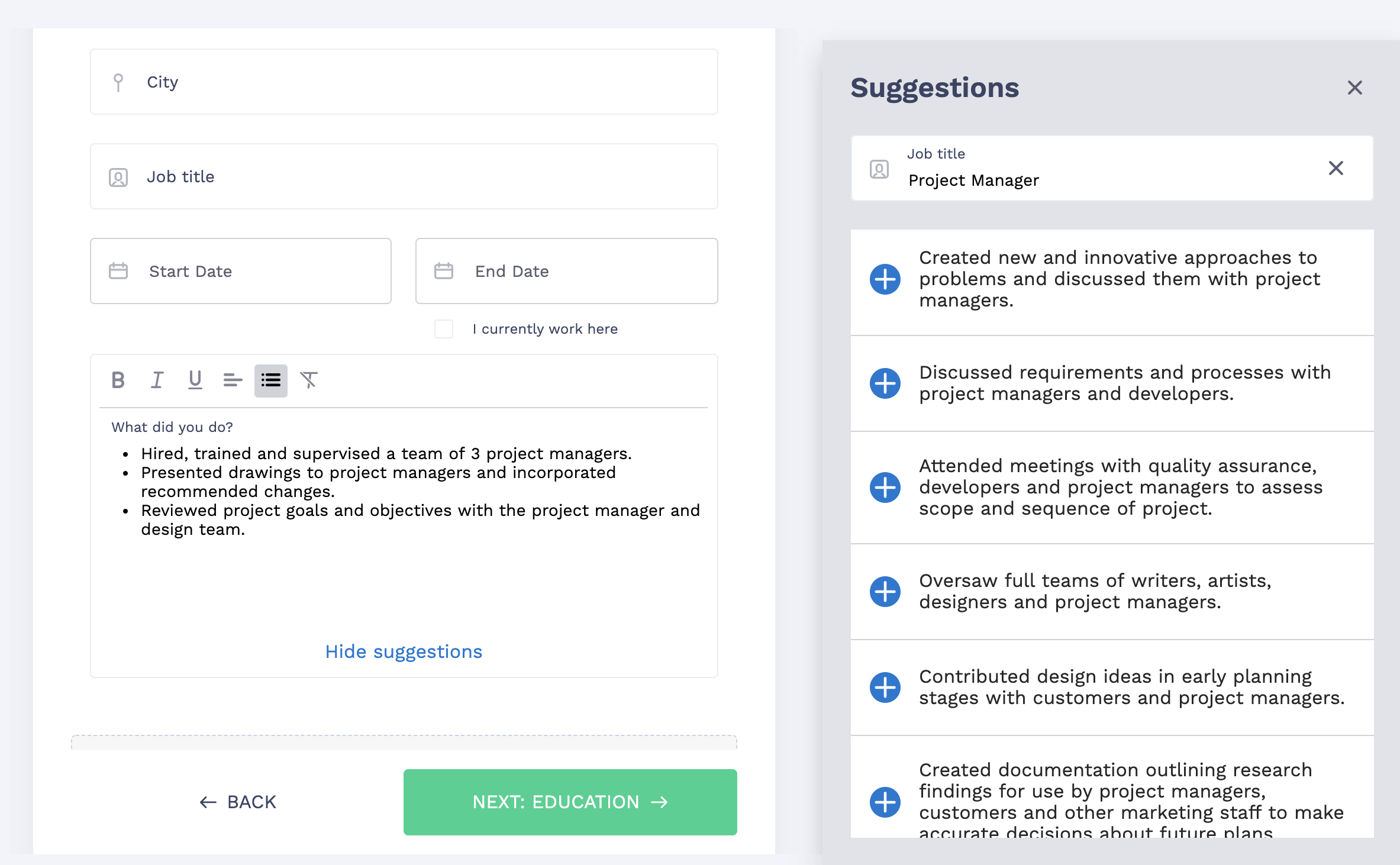
Nail it all with a splash of color, choose a clean font, and highlight your skills in just a few clicks. You're the perfect candidate, and we'll prove it. Use our resume builder now.
Textured resume paper can add some additional flare to your application. And it’s not just visual. The feeling of the resume also changes, making it that much more memorable.
With resume paper textures, they will be most visible on colored resume paper. Below you’ll find a list of the best resume paper textures, with their pros & cons analyzed. And here is a study that proves choosing the right resume paper is greatly beneficial.
The good old inoffensive plain texture. It doesn’t add much pizzazz to your resume, but sometimes the safest choice is the best choice. It’s also the most wallet-friendly option out there.
Here are the pros & cons of the plain resume paper:
Pros:
Cons:
The granite resume paper texture is very grainy, like sandpaper. It has this pleasant feeling of touching something that’s slightly rough. This texture is not only lovely to the touch, but it’s also easier to grip with fingertips when compared to plain paper.
Here are the pros & cons of the granite-textured resume paper:
Pros:
Cons:
Laid paper texture simulates the look and feel of paper made with historical methods. This means this resume paper’s surface is one of the slight waves forming on the page.
Here are the pros & cons of the laid-textured resume paper:
Pros:
Cons:
Parchment paper has a timeless elegance to it. But this can sometimes backfire in the modern world and make you seem old-fashioned. This resume paper type is also pleasant to the touch. Parchment paper with an ivory color can, in some cases, appear dirty and not textured.
Here are the pros & cons of the parchment-textured resume paper:
Pros:
Cons:
In the next part, we’ll discuss the cotton contents resume paper should have. But what if we printed a resume on linen paper? Linen resume paper is a bit weighty and is good to grip and hold. However, it gets wrinkled quickly.
Pros:
Cons:
Expert hint: Remember first to choose a template you want to use for your resume. Our simple resume templates will work well when paired with textured paper.
Now it’s time for the real game-changer—
Cotton resume paper. content.
The amount of cotton used to make resume paper directly influences the most important aspects of it. High cotton content increases the paper’s durability, color intensity, and richness and gives the paper a soft feeling. Compared to the standard form made from processed wood pulp, which is generally weak, bland, and reflects light from its hard surface.
So, what is the best percentage of cotton content in a resume paper? The higher number, the better. For the best results, go for 75% cotton at least, and for 100% cotton for the absolute best outcome.
And as a bonus point—cotton is sustainable. So buying cotton paper over the classic type helps the environment. What’s not to love?
Double your impact with a matching resume and cover letter combo. Use our cover letter generator and make your application documents pop out.
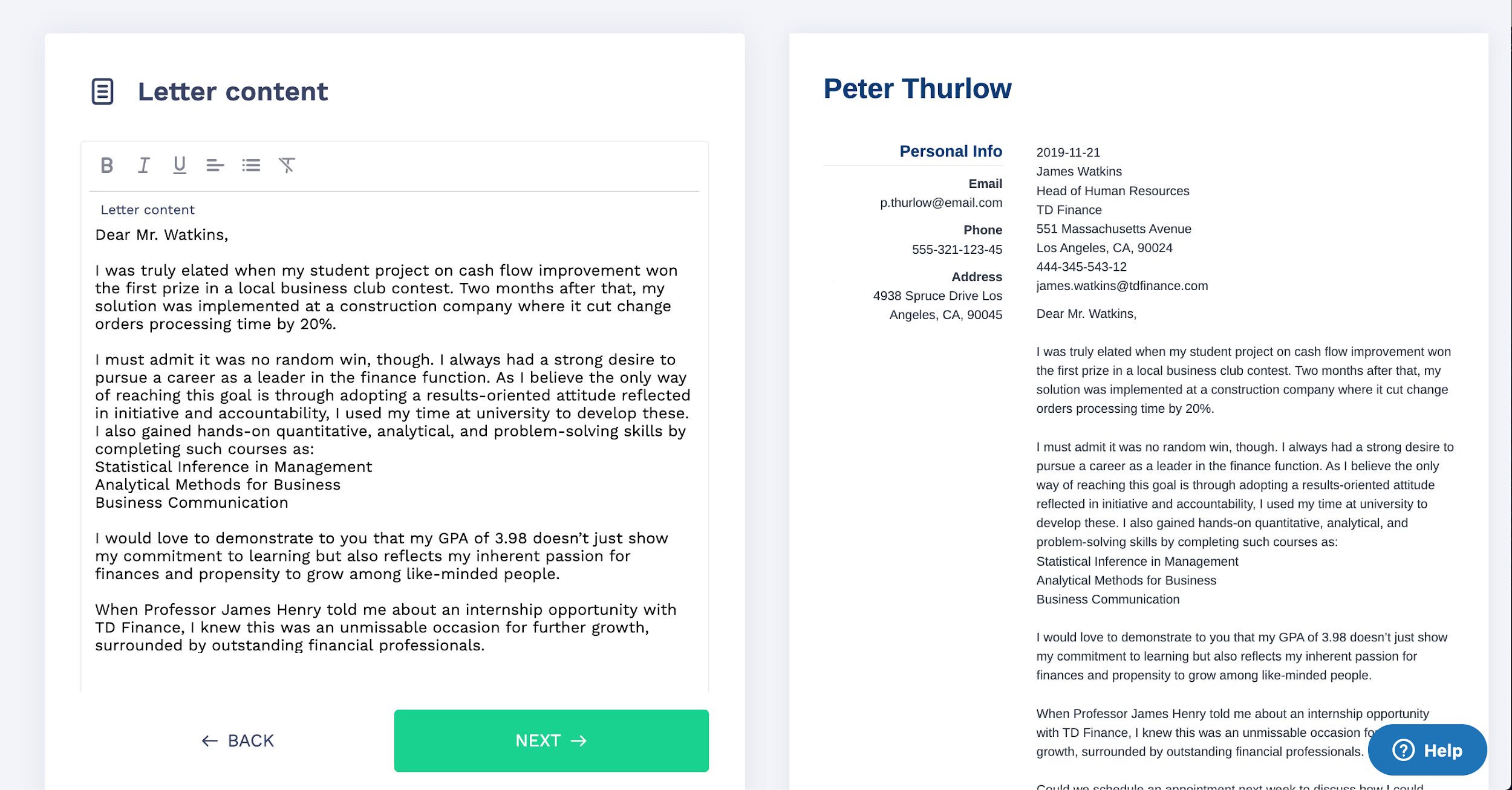
Want to try a different look? There's 21 more. A single click will give your document a total makeover. Pick a cover letter template here.
To choose the best resume paper, which will result in the perfect resume, keep these points in mind:
Thank you for reading this article! Do you have any questions regarding the resume paper? Looking for the best format-color-texture combination? Ask in the comments section below. We’ll happily help!
At ResumeLab, quality is at the crux of our values, supporting our commitment to delivering top-notch career resources. The editorial team of career experts carefully reviews every article in accordance with editorial guidelines, ensuring the high quality and reliability of our content. We actively conduct original research, shedding light on the job market's intricacies and earning recognition from numerous influential news outlets. Our dedication to delivering expert career advice attracts millions of readers to our blog each year.

You're about to change your career. Learn how to write a career change resume that will get you the dream job.

Tom Gerencer
Career Expert
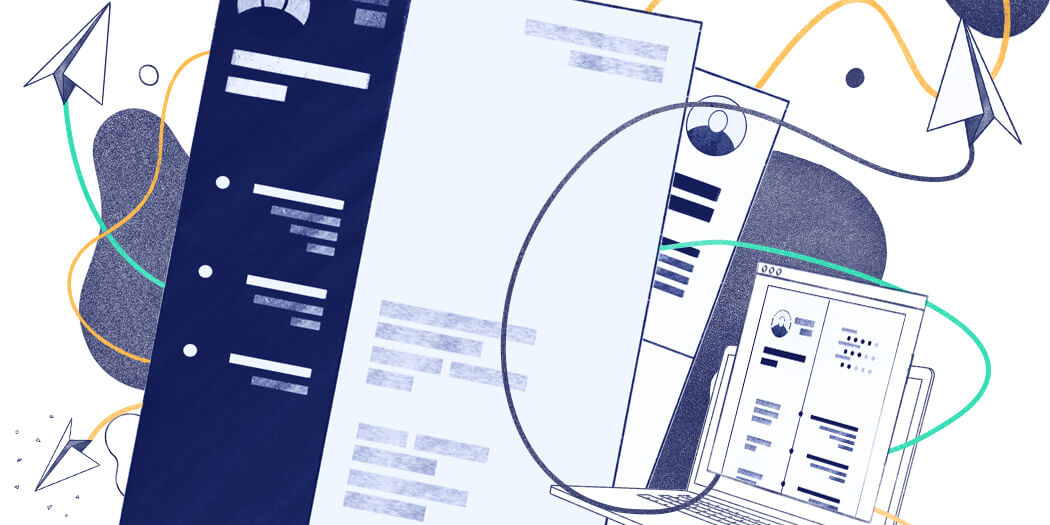
Learn how to email a resume the right way and start getting more job offers. See a proven resume email sample and learn how to write one yourself.

Michael Tomaszewski, CPRW
Certified Professional Resume Writer, Career Expert
![20+ Modern Resume Templates [Examples for 2026]](https://cdn-images.resumelab.com/pages/modern_templates_listing.jpg)
You’ve just come across a modern resume template treasure trove. Now, take your time, look around, pick the modern resume you like most, and make a job-winning resume.

Olga Ber
Career Expert